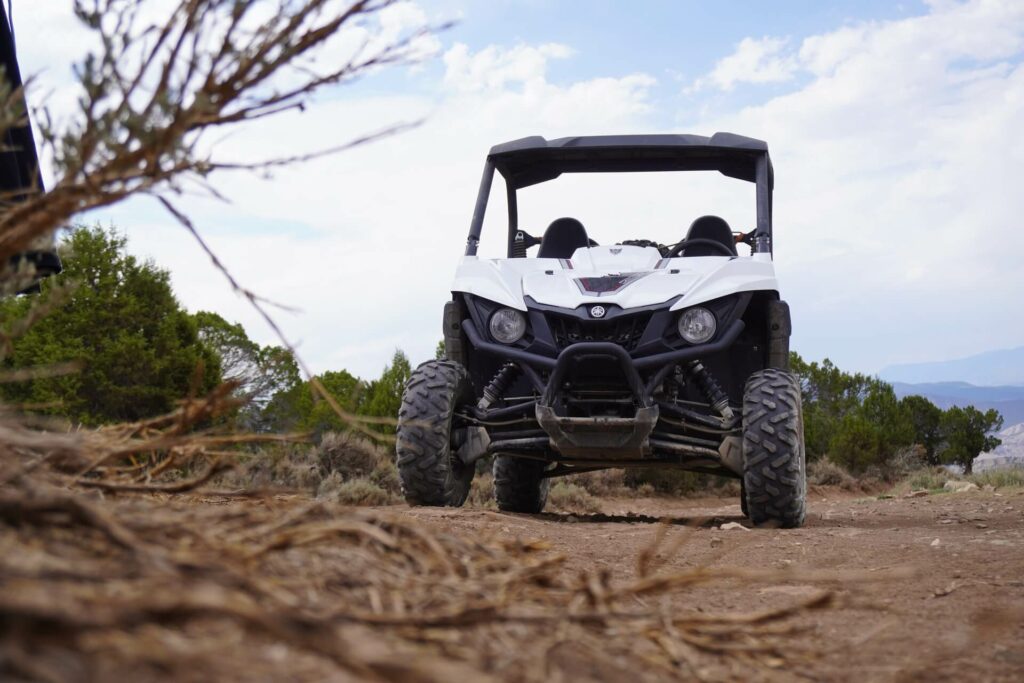If you’ve been wondering (just like me) about how to start an ATV after it has been standing for winter, this article will definitely walk you through the steps you need to take. You will learn how to prepare your ATV for winter, what you need to use to start a cold engine, and why you should remove the battery before storing it. Hopefully, following these steps will get your ATV up and running again in no time.
How To Get An Old ATV Running Again?
If your ATV has been sitting for the winter, you may be wondering how to get it running again. The fuel in your ATV degrades over time and starts to gum up. Additionally, the ethanol in the fuel can cause water to condense inside your tank, so it is important to drain the gas tank to remove any gelled gas. This will prevent the water from harming your fuel lines or other parts of your ATV’s fuel system.
After the winter, you will need to change the oil in your ATV. This is a basic maintenance procedure that should be performed every year. You should change the oil in your ATV, especially if you left it sitting for an extended period of time or in cold weather. To access the oil drain plug, remove the seat. Use a socket wrench to loosen the bolt. The oil draining process should take about 15 minutes.
How to prepare your ATV for cold weather?
Winter riding can be brutal on ATVs, so it is important to properly prepare your machine. You should change your ATV’s fluids as the weather gets colder. The cold weather causes the fuel to condense, making it harder to start. If the fuel is not changed in time, water can accumulate in the fuel lines, making your ATV hard to start. A good way to prevent this problem is to use synthetic oil instead of traditional oil.
Changing your engine oil is a critical step in avoiding breakdowns. Good quality oil facilitates easy starts and adequate power when riding on snow. When oil is contaminated, your ride will suffer. Frequent oil changes are important to avoid engine problems and smoothen the ride. A spark plug replacement will not affect your ATV’s performance but should be scheduled before the winter season begins. In addition, new footpegs will provide greater grip.
What to use to help start a cold engine on an ATV?
The first step to jump-starting your ATV after winter is to change the oil. Whether your ATV has been sitting for a long time or has just been stored away for the winter, a new oil can improve the start of your ATV. Oil viscosity should be within the manufacturer’s recommendations, and you should use light synthetic oil in extremely cold climates.
Before attempting to start your ATV, you should first check the gas tank for leaks and water. Usually, a fuel leak is a culprit, but if you have a leak, you can easily fix it yourself by draining the gas tank and replacing the filter. You will need to drain and clean the fuel line to get to the carburetor. If the float needle is stuck, then the float assembly is not functioning properly.
Should you remove the ATV battery in winter?
Before winter sets in, be sure to disconnect your ATV battery. This will prevent it from draining from dark currents. In addition, check the battery water level and add distilled water if necessary. Tap water can build up minerals in batteries, resulting in a shortage. Therefore, it is best to store your ATV battery in a warm place, such as a garage. This will keep the battery at a safe temperature during winter.
If you’ve ridden your ATV in the cold, you know that a low battery can cause the battery to freeze. A low battery is more likely to freeze. Unlike acid batteries, water batteries are not sealed and can become vulnerable to freezing temperatures. In extreme cold, batteries can crack and weaken, so be sure to keep them well-maintained. If the battery is low, it’s easy to damage them and make them useless.














